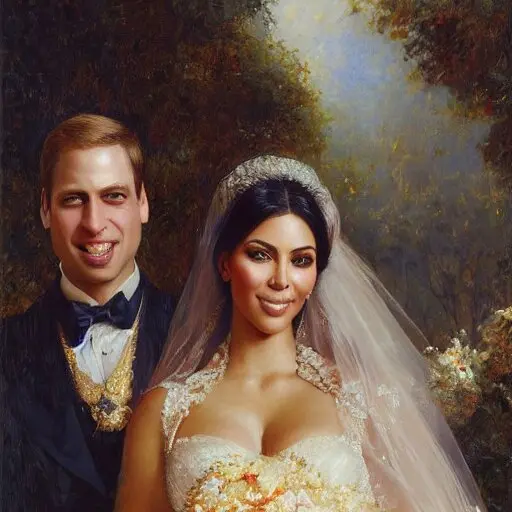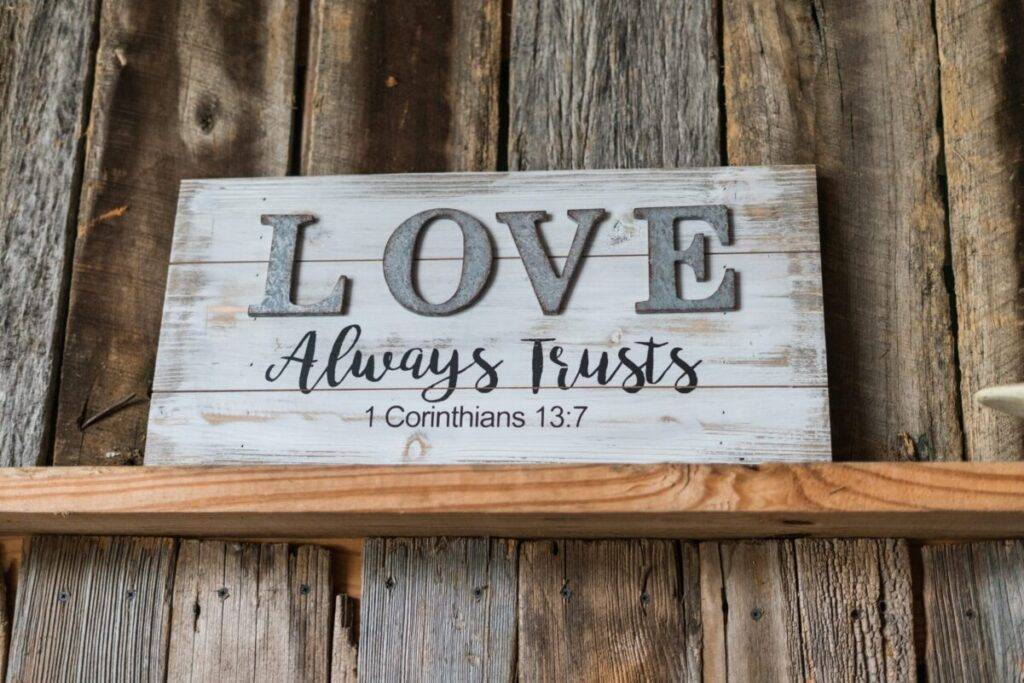The Marriage Allowance is a UK-based tax relief program that enables individuals to transfer some of their allowances from one partner to another. This form of taxation relief has been available since 2015 and applies only when both partners are basic rate taxpayers with an income of less than £50,000 per year. It’s important to note that the marriage allowance does not apply if either partner pays higher or additional rates of tax. The main advantage of this scheme is that it allows couples to reduce their overall taxable incomes by up to £1,250 each year, leading to significant savings for many households across Britain.
Juxtaposed against other forms of tax relief such as capital gains tax and inheritance tax breaks, the marriage allowance offers a unique opportunity for married couples in particular. By allowing them to share their allowances between themselves, they can potentially save thousands of pounds over a few years without taking any risks or investments. Additionally, there’s no need for paperwork or cumbersome bureaucracy – all you have to do is make sure your spouse agrees to accept the money before submitting a claim online.
As evidenced thus far, the marriage allowance provides individuals and families with a much-needed financial break during difficult times and helps ensure that everyone gets an equal chance at reducing their taxes irrespective of their circumstances. Despite its benefits however, there are certain conditions which must be met for someone to qualify for this type of deduction – those being eligibility criteria set by HMRC regarding who can benefit from this scheme and how much can be claimed back in total.
- Who is eligible for a marriage allowance
The Marriage Allowance is a government scheme that enables eligible couples to transfer some of their tax allowance between them. To be eligible, several requirements must be met. First and foremost, both individuals in the couple must have an income below £12,500 per year. Additionally, neither partner can claim Married Couple’s Allowance or Blind Person’s Allowance; one individual must earn less than their partner; and finally, they must either be married or in a civil partnership.
For the Marriage Allowance to take effect, four steps need to be completed:
1) Register with HM Revenue & Customs (HMRC).
2) Log in to your Government Gateway account.
3) Complete the application form on behalf of you and your partner.
4) Submit the form online. It should also be noted that this process can only be done once every 12 months.
By taking advantage of this scheme, couples could receive up to £1,250 each year as part of a tax rebate – making it easier to manage monthly finances while still enjoying life together. Furthermore, the application process is relatively straightforward and can be done entirely online from home within minutes. With these benefits in mind, many couples across the country will find themselves asking ‘how do I apply?’ This question is addressed in the following section.
- What is a marriage tax allowance?
In the United Kingdom, married people and those in civil partnerships are eligible for the marital tax allowance. It’s intended to lessen how much income tax you two pay collectively.
As explained below, if one spouse or partner in a civil partnership makes less than the personal allowance—the amount of money you can make before you must pay income tax—they may transfer up to 10% of that money to the other spouse or partner. Up to £252 in taxes may be saved as a consequence of this each year.
Let’s assume, for illustration, that one partner makes £8,000 per year and the other partner makes £30,000. For the fiscal year 2022–2023, the personal allowance is £12,570. The spouse making £8,000 could give their spouse £1,257, or 10%, of their personal income. As a result, their partner’s personal exemption would increase to £13,827, which would lower their income tax obligation.
It’s important to note that not all spouses qualify for the marriage tax credit. You must be married or in a civil union with your partner in order to be eligible, and both of you must be basic rate taxpayers with one of you earning less than the personal allowance.
You can submit your application for the marriage tax allowance online at the HM Revenue & Customs (HMRC) website if you believe you may be qualified. It only takes a few minutes and is an easy procedure.
How To Apply For The Marriage Allowance
Applying for the Marriage Allowance requires you to meet certain criteria and submit documentation to support your application. To be eligible, both spouses need to have an income of less than £12,500 a year or one partner must not pay any tax while the other is earning between £12,501 – £50,000 annually. Additionally, the claimant or their spouse should not receive Child Benefits or Married Couples Allowance.
To apply for the allowance, individuals are required to complete an HMRC online form which can take up to 30 minutes depending on the complexity of their circumstances. Moreover, this process will require applicants to provide information about themselves such as National Insurance numbers and bank details for them to receive payments from HMRC. Furthermore, couples may also be asked questions regarding their relationship status with regard to marriage or civil partnerships as well as evidence that they live together for them to prove eligibility.
Once all necessary documents have been submitted and verified by HMRC the married couple’s tax bills can be reduced by up to £1,150 per annum through Marriage Allowance claims. Moving forward from here there are options available that allow partners to transfer some of their allowances from one person’s account into another if needed.
can marriage tax allowance be backdated?
Marriage tax allowance can be a valuable benefit for married couples or those in civil partnerships. This allowance enables one partner to transfer a portion of their unused personal tax allowance to their spouse or civil partner, which can result in a tax saving of up to £252 per year.
If you and your spouse or civil partner were eligible for the marriage tax allowance in previous tax years but didn’t claim it, you may be able to backdate your claim for up to four years. This means that you could potentially receive a tax refund for the amount you overpaid in taxes during those years. However, it’s important to note that the rules around backdating marriage tax allowances can be complex, and not everyone will be eligible. For example, if either you or your spouse or civil partner wasn’t a taxpayer during the relevant years, you won’t be able to make a backdated claim. If you’re unsure whether you’re eligible to claim the marriage tax allowance, or if you’re interested in backdating your claim, it’s a good idea to speak with a qualified tax professional. They can help you navigate the rules and procedures and ensure that you make the most of this valuable benefit.
how is the marriage allowance paid?
The marriage allowance is paid through the UK tax system, which is typically given as a tax credit to the spouse with the higher income. The spouse with the lower income may transfer up to 10% of their personal allowance to the other, which lowers the tax that the partner with the higher income must pay.
Let’s assume, for illustration, that one partner earns £10,000 annually and the other earns £30,000. For the fiscal year 2022–2023, the personal allowance is £12,570. The spouse making £10k could give their spouse £1,257, or 10%, of their personal income. As a result, their partner’s personal exemption would increase to £13,827, which would lower their income tax obligation.
The partner who earns more naturally pays less tax; this is typically done through their PAYE (Pay As You Earn) tax code. The more-paid spouse will have slightly less tax deducted from their paycheck each month because the reduction is spread out over the course of the tax year.
It’s important to note that if the spouse with a lower income qualifies for a tax refund, they will get it straight from HM Revenue & Customs (HMRC). This is so that the partner with the higher income can benefit from the tax break, which is predicated on the supposition that they will pay the correct amount of tax throughout the year. The partner who makes less money will be eligible for a refund if they overpay.
How can I claim a marriage allowance?
Claiming the marriage allowance is a quick and easy process. Here’s what you need to do:
- Check if you’re eligible: You and your spouse or civil partner must fulfil certain requirements in order to be eligible for the marriage allowance. In particular, one of you must have an annual income below the personal allowance (£12,570 for the tax year 2022–2023), and the other spouse must be a basic rate taxpayer (those who pay tax at the standard rate of 20%) in order to qualify. You also need to be wed or in a civil union. You can proceed to the following stage if you satisfy these requirements.
- Apply online: You must apply online at the HM Revenue & Customs (HMRC) website in order to receive the marriage allowance. You’ll need to have identification evidence on hand, as well as your partner’s and your own National Insurance numbers. Anytime during the fiscal year, you can submit an application for the marriage allowance.
- Receive confirmation: Within a few weeks of submitting your application for the marriage allowance, HMRC should affirm your eligibility. You’ll find out in the proof how much tax you’ll save thanks to the allowance. You should see the tax savings in your paychecks or tax bill if you are qualified for the allowance, as it will be immediately applied.
It’s important to note that you can backdate your marriage tax allowance claim for up to four years. If you haven’t done so before, you may be eligible for a tax refund for the amount of excess taxes you paid in those years if you haven’t yet claimed the allowance.
Cancel marriage allowance
If you need to cancel the marriage allowance, here’s what you need to know:
- Contact HM Revenue & Customs (HMRC): Contacting HMRC is the first move in cancelling the marriage stipend. You can contact HMRC in this way by phone or mail. Your name, location, National Insurance number, and the names and numbers of your partner must be provided as part of your personal information.
- Provide your reason for cancelling: You’ll have to give a justification for wanting to revoke the marriage stipend. You might have ended your relationship with your companion, for instance, or you might have realised that you’re no longer qualified for the allowance. Whatever your motivation, be sure to explain it succinctly and clearly.
- Provide supporting documentation: You might be required to submit proof of your claim in order to cancel the marriage stipend, depending on your justification. You might be required to submit a copy of your divorce decree or separation agreement, for instance, if you and your spouse have separated. You might need to provide evidence of your salary or tax situation if you’re no longer qualified for the allowance.
- Wait for confirmation: You must wait for proof that the marriage allowance has been cancelled after contacting HMRC to cancel it. You should receive a letter from HMRC verifying the cancellation shortly after this occurs, which should happen within a few weeks.
It’s important to remember that eliminating the marriage allowance might result in a higher tax bill, so make sure you’re informed of the possible repercussions before you move forward. An experienced tax expert who can give you advice based on your unique situation is a good idea to speak with if you’re uncertain whether cancelling the allowance is the best course of action for you.
Frequently Asked Questions
How to apply?
To apply for the allowance, individuals are required to complete an HMRC online form which can take up to 30 minutes depending on the complexity of their circumstances. Moreover, this process will require applicants to provide information about themselves such as National Insurance numbers and bank details for them to receive payments from HMRC. Furthermore, couples may also be asked questions regarding their relationship status with regard to marriage or civil partnerships as well as evidence that they live together for them to prove eligibility.
What Is The Marriage Allowance?
The marriage allowance is a benefit provided to married couples in certain countries, enabling them to claim extra money and other benefits related to their marriage. This type of financial support can be used for various purposes, such as paying off debt or making investments. It helps alleviate the financial burden that comes with marriage and allows couples to lead more secure lives. Like a lighthouse illuminating the path forward, this allowance provides security and stability for many households around the world.
Who Can Claim The Marriage Allowance?
You and your partner must be formally wed or in a civil partnership in order to be eligible to receive the marriage allowance in the UK. One spouse must be a basic rate taxpayer and have an annual income below the personal allowance (£12,570 in 2022–2023). Both partners also need to have been conceived on or after April 6, 1935.
What is a marriage tax allowance?
The marriage tax allowance is a tax benefit that allows married spouses or people in civil partnerships to pay less tax in the United Kingdom. It enables one partner to transfer a percentage of their personal tax allowance that isn’t being used to their spouse or civil partner, potentially saving up to £252 in taxes annually.
Conclusion
The marriage allowance is a government scheme designed to help reduce the amount of tax couples pay by transferring some of one partner’s allowance to the other. This can lead to up to £250 per year in savings for the couple, depending on their circumstances. It has been estimated that approximately 4 million couples across England and Wales are eligible for this allowance, with an average saving of £212 each year since it was introduced in 2015.
As marriage allowance continues to grow in popularity, it is important to understand its implications on benefits such as pension contributions and tax credits. Couples should ensure they understand what impact claiming marriage allowance may have on their overall finances before applying for it. Marriage allowance provides a valuable opportunity for those who qualify to make significant financial savings; thus making the most out of their money.




Help me to get my marriage account in place… now I don’t fear anything
Thanks!!!
Pingback: 5 Key Differences Between Civil Partnerships and Marriage: What You Should Thoughtfully Consider -